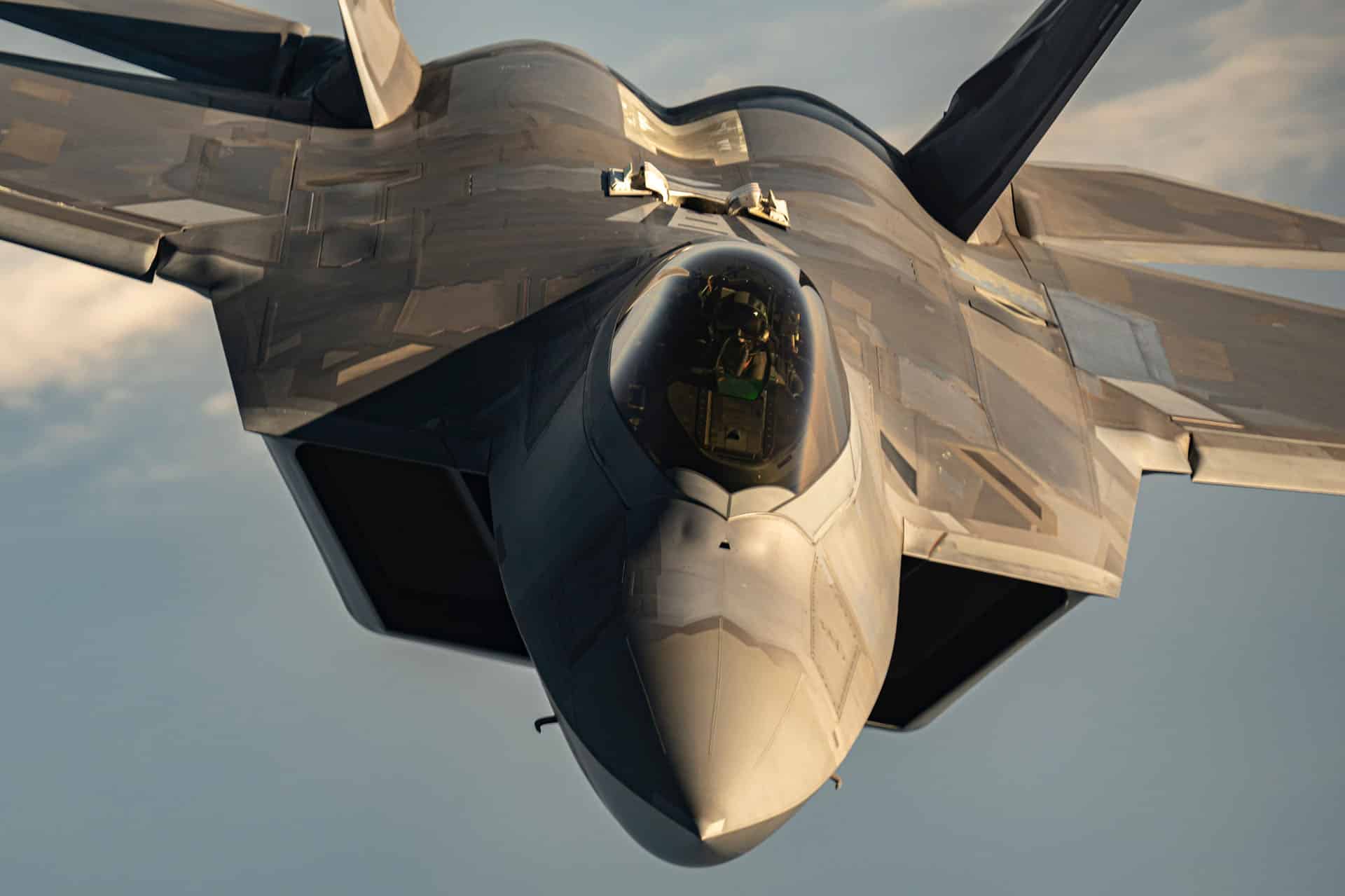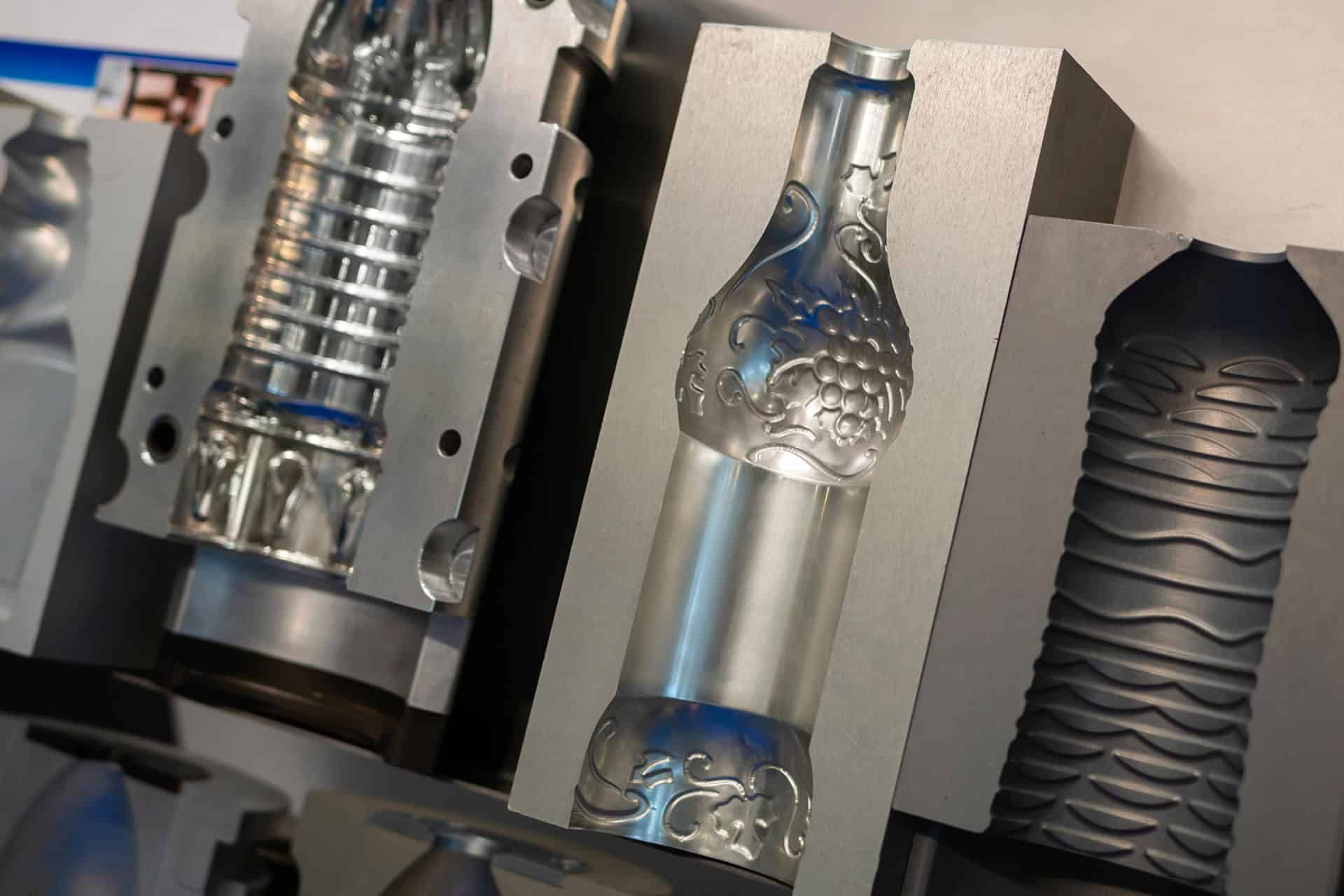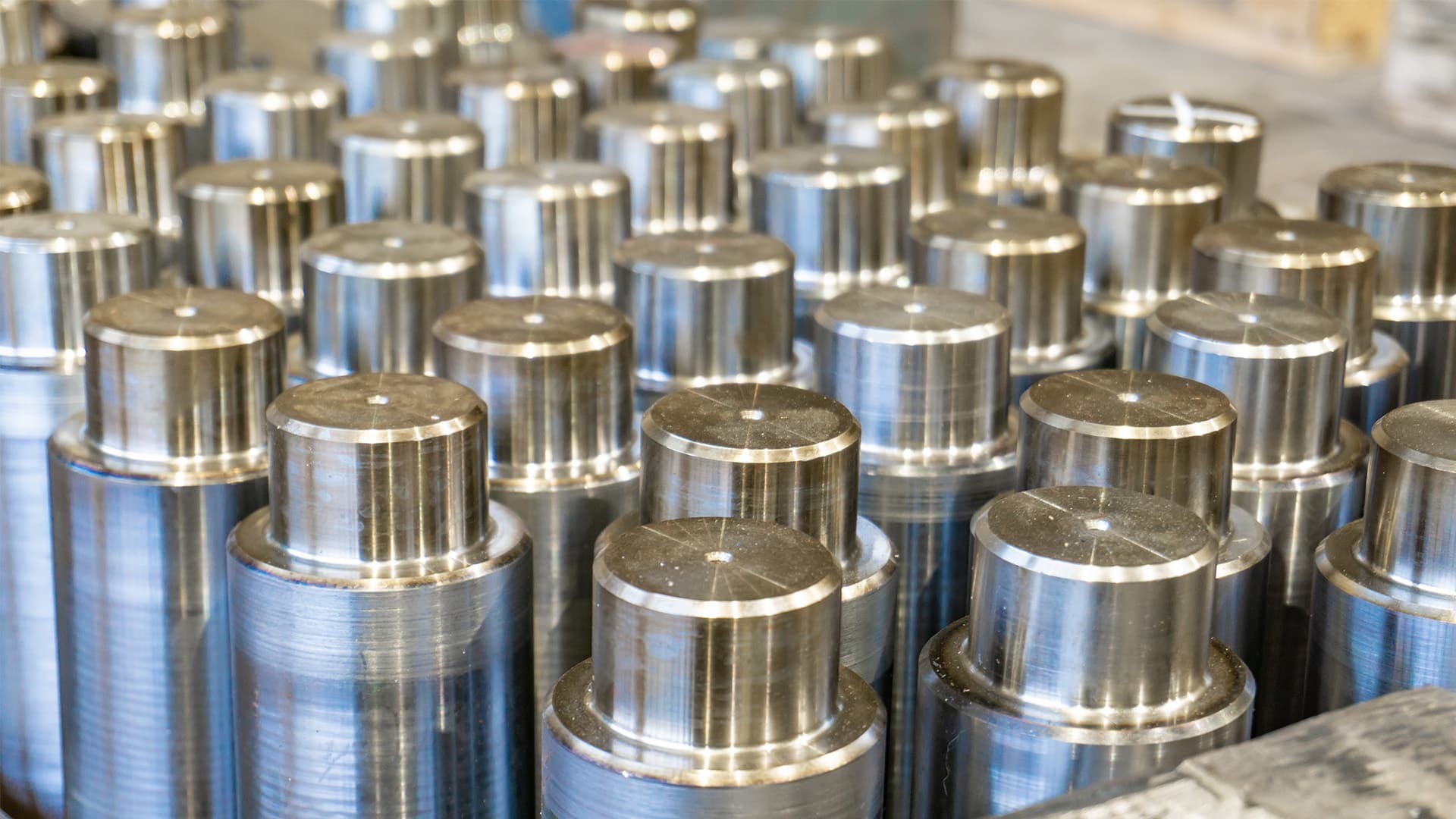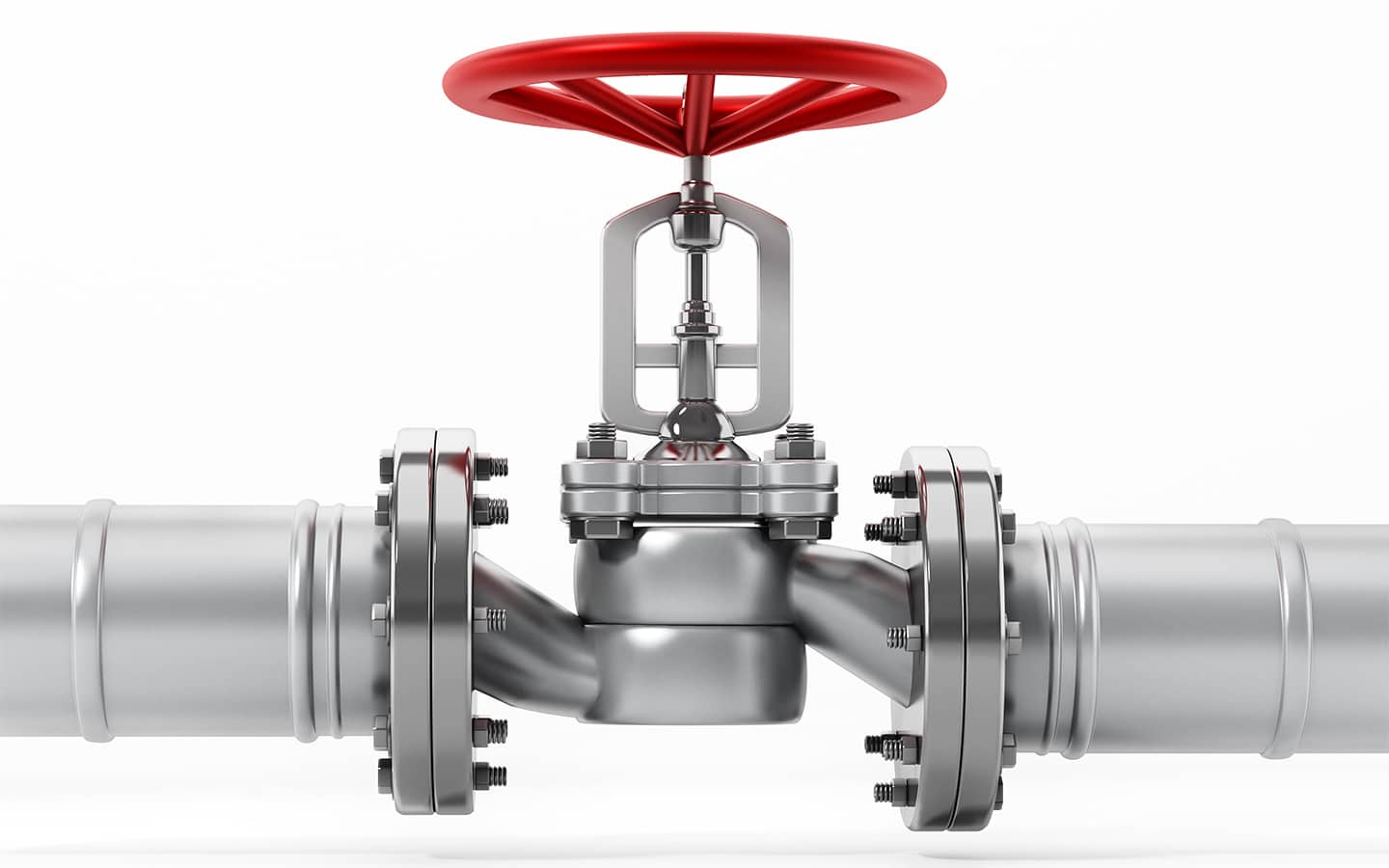We have 16 locations worldwide, including 10 in North America and 6 internationally.
R&D AT ARMOLOY
Your Innovative Partner in Surface Engineering
When your development team faces uncertainty—whether it’s material failure, coating compatibility, or untested use cases—Armoloy steps in as your R&D partner.
Our collaborative approach begins with understanding your project’s technical challenges, constraints, and performance goals. From there, we offer expert coating recommendations, develop prototypes, and validate performance with precision lab testing.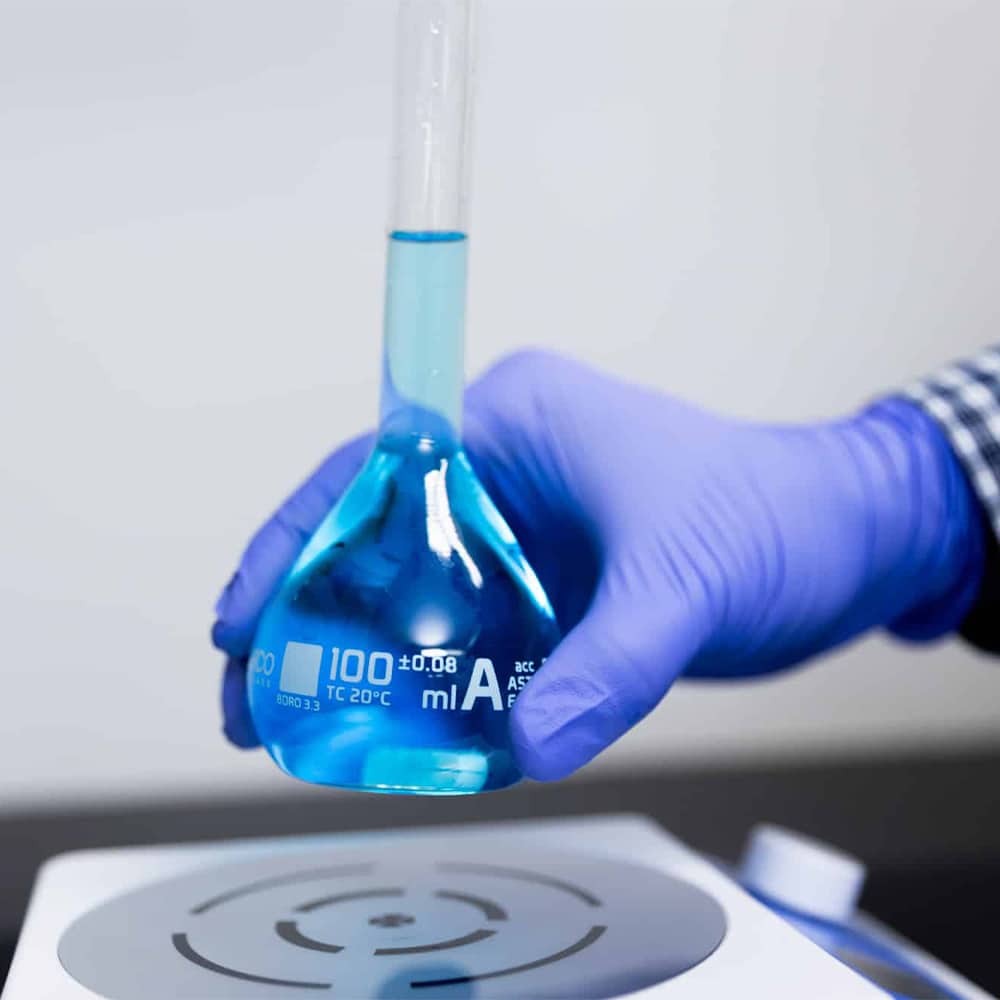
Coating Innovation from Concept to Validation
We tailor our research and testing services to your specific application—starting from the first consultation.
Our process includes:
- Requirements gathering and feasibility analysis
- Surface engineering strategy development
- Coating selection and prototype plating
- Validation through lab testing and performance simulation
Even if the ideal solution falls outside our existing product line, our team will design or recommend coatings that meet your performance goals—ensuring the right solution, not just an in-network one.

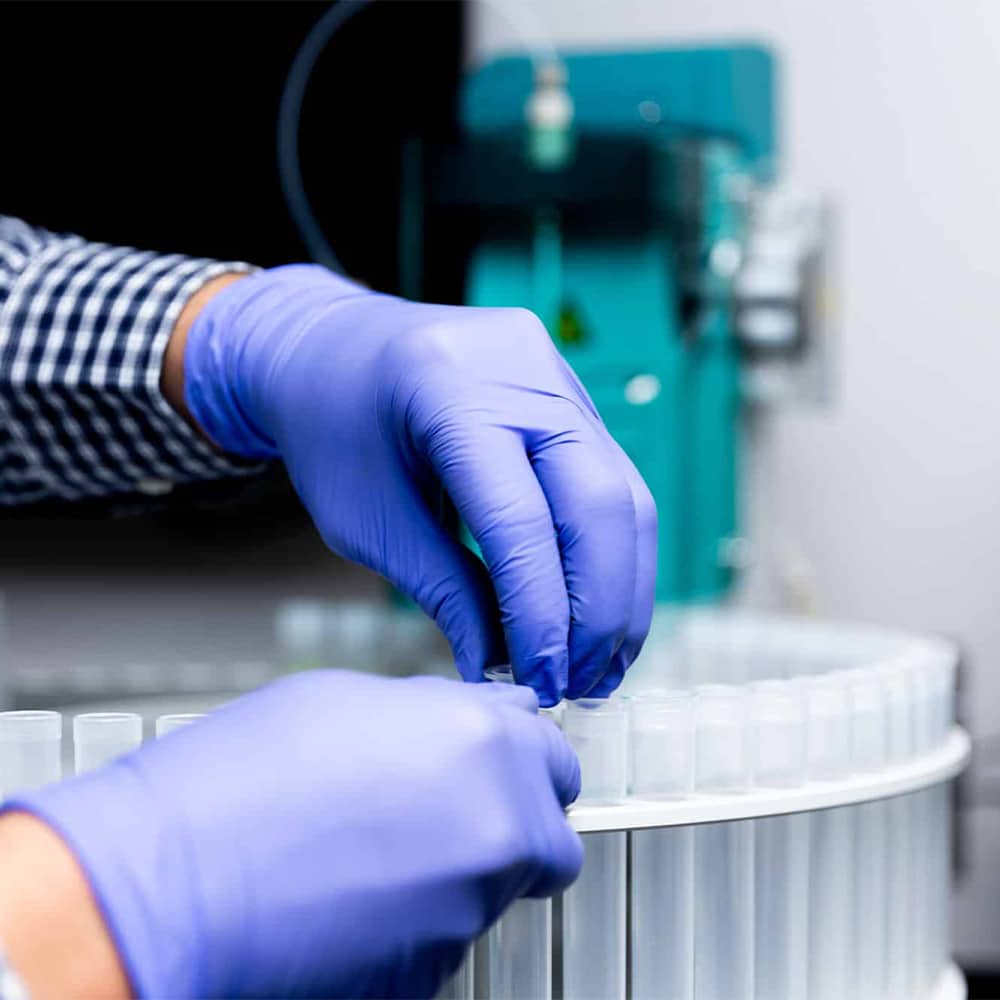
Advanced Testing Capabilities
Our in-house chemical and metallurgical lab is built to deliver fast, reliable data for process development, failure analysis, and material compatibility.
Key lab tools and tests include:
- Flame Atomic Absorption (AAS) – for elemental analysis
- Ion Chromatography (IC) – for ion separation and detection
- Digital Microscopy (up to 5000x) – for in-depth visual inspection
- Microhardness Testing – to verify surface durability
- Salt Spray Chambers – for accelerated corrosion testing
In addition to in-house capabilities, Armoloy partners with accredited third-party laboratories when further specialized testing is required. Our collaborative approach ensures that no matter the challenge, clients receive results that are both comprehensive and reliable.
Industries We Support
Our research and development efforts support critical sectors that rely on precision metal coatings for durability, corrosion resistance, and operational excellence.

Services at Armoloy
The research, development, and testing process is only a part of Armoloy’s dedication as a start-to-finish surface engineering partner. Explore where our process begins or get more details on our global fulfillment network.

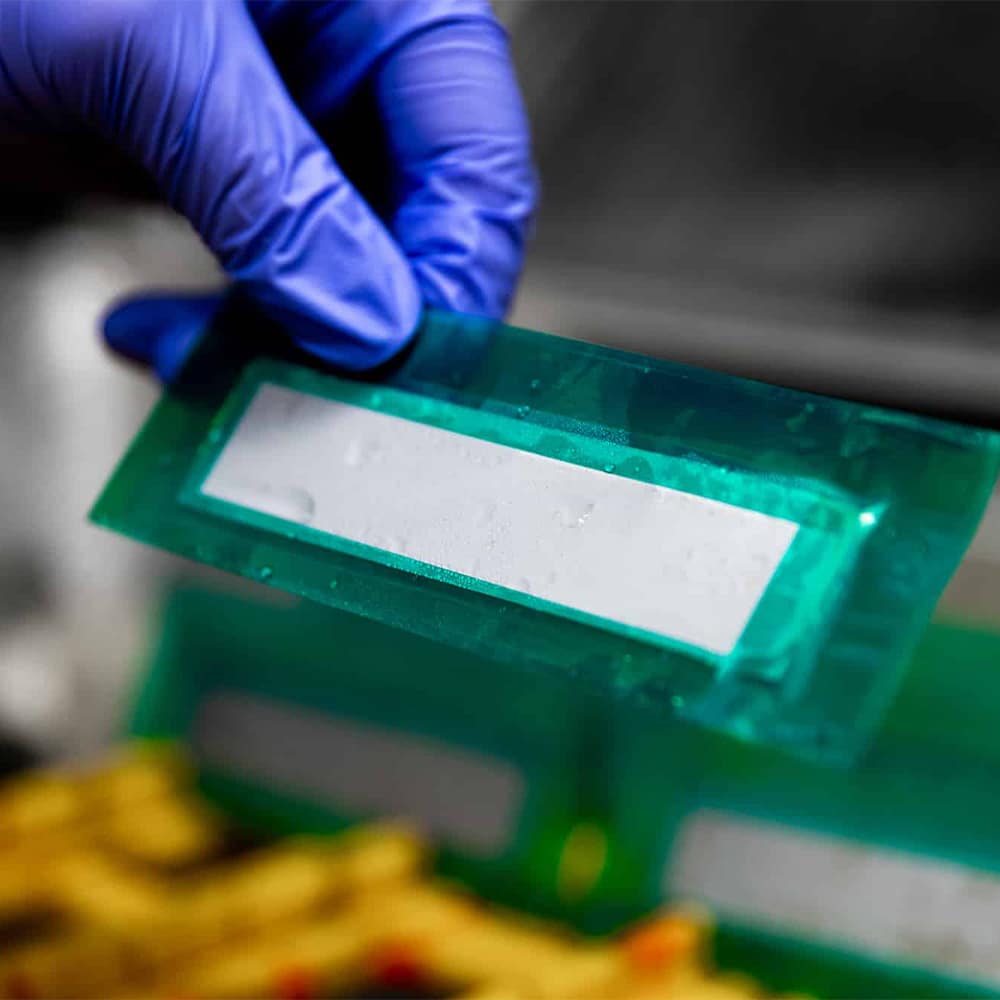
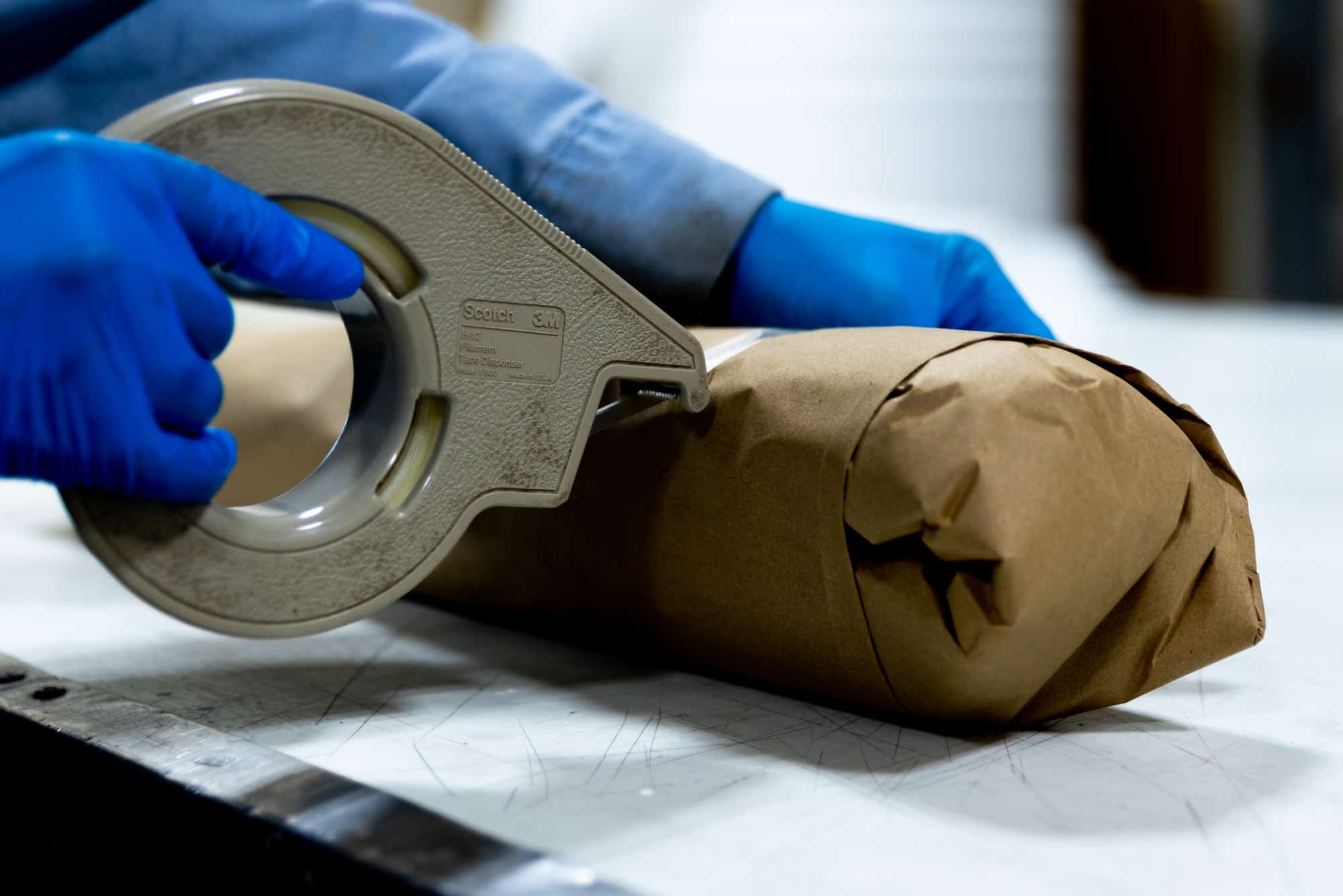
Frequently Asked Questions
Testing is performed in our in-house lab and, when required, in partnership with certified third-party laboratories.
Armoloy operates multiple development hubs capable of pilot testing and process engineering.

Partner with Armoloy R&D
Take your coating concept from challenge to solution.
Work with our dedicated team of metallurgists, chemists, and process engineers to explore what’s possible for your next application.





